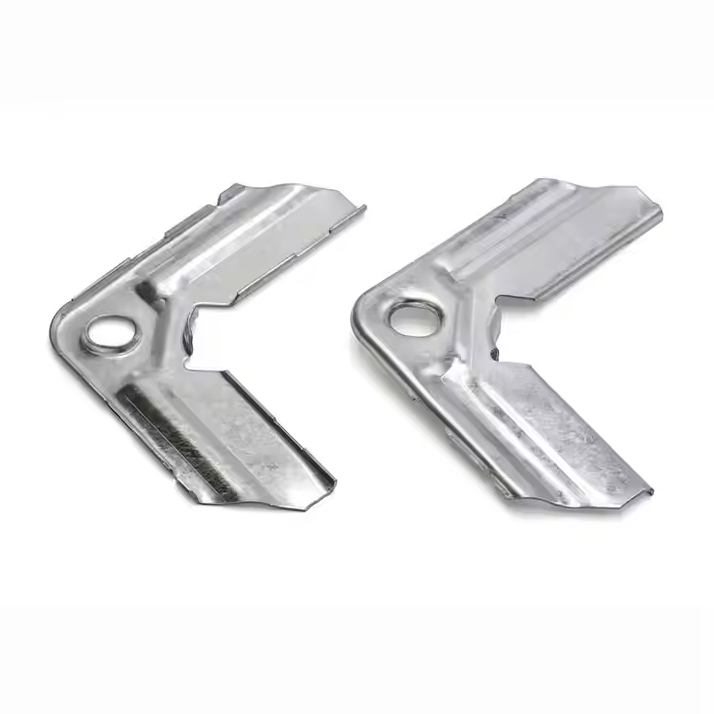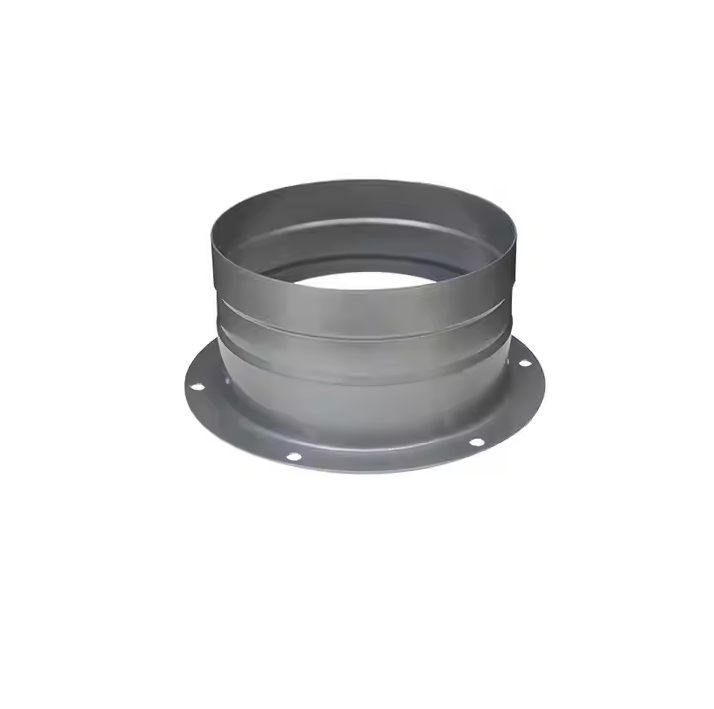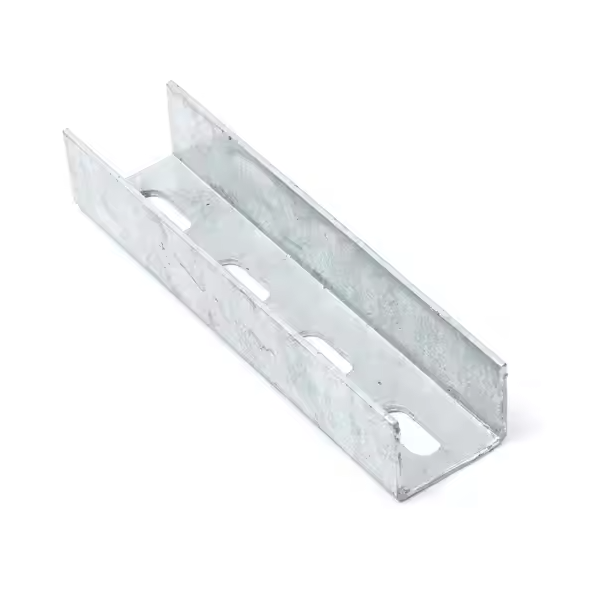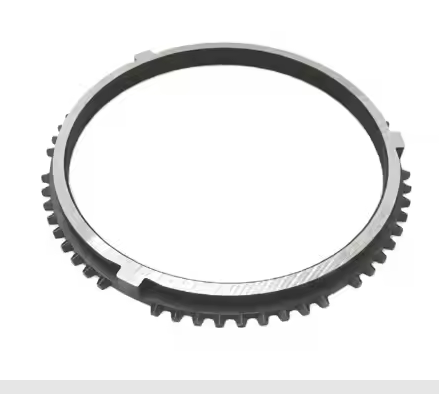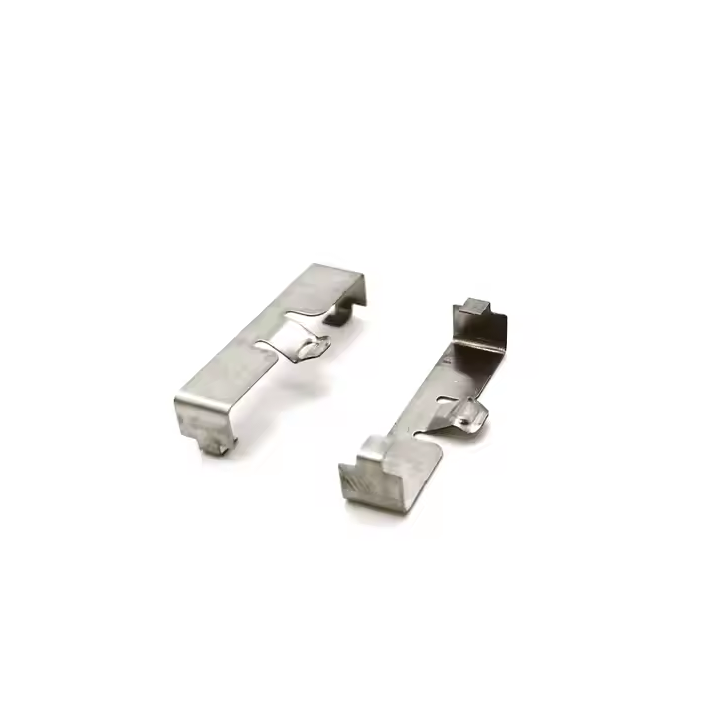As an important connection method, welding technology plays a vital role in the manufacturing industry. With the development of industrialization and technological progress, welding has become more and more common in the connection of various metal and non-metal materials. It not only meets the requirements of high strength and high reliability, but also provides significant advantages in production efficiency and cost control.
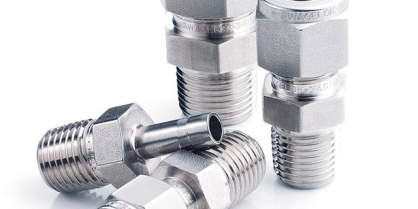
Concept of welding
Welding is a process that fuses two or more pieces of metal materials into a whole through high temperature, electric current or laser.
Principles of welding
a) Welding heat source
Welding heat source is a key component in the welding process, which can provide high-temperature energy through current, resistance, laser, etc.
b) Welding shielding gas
Welding shielding gas is an auxiliary system in the welding process, which can protect the molten metal and prevent oxygen from entering.
c) Welding auxiliary gas
Welding auxiliary gas is an auxiliary system in the welding process, which can help mix materials and ensure uniform materials in the welding area.
Types of welding joints in the manufacturing industry
Butt joints
Widely used in the connection of pipes, structural parts and welds, especially where high-strength connections are required.
Angle joints
Commonly used for welding corners of frames, box structures and various types of equipment, suitable for relatively thin metal parts.
T-joints
Suitable for the connection of structural parts, such as the connection between beams and columns, and are a common type of joints in steel structures.
Overlap joints
Suitable for the splicing of thin metals, often used for equipment repair and strengthening welding.
Spline joints
Used for the connection between pipes and joints to ensure the safe transportation of fluids, especially widely used in gas pipelines.
Filling joints
Mostly used for the closure of valves and pipes, and also often used to strengthen the connection of structures.
Section joints
Suitable for the connection of thin-walled materials, often used to manufacture liquid containers, etc.
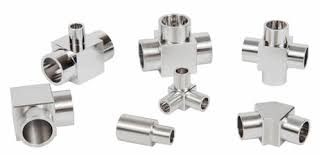
Importance of welding process in manufacturing
Improve production efficiency
Welding processes are usually fast and efficient, and can complete large-scale production in a short time.
Cost-effectiveness
Welding is more cost-effective than other connection methods (such as bolting) in some cases, especially for heavy and large-scale structures.
Strength and stability
Welded joints usually provide higher strength than other connection methods, ensuring the stability and durability of the structure.
Adaptability
Welding technology can be used for a variety of materials to meet different manufacturing needs, from metals to plastics and even composite materials.
Application of welding in manufacturing
Structural manufacturing
In construction and civil engineering, welding is widely used to manufacture steel structures such as bridges, building frames and towers. These structures usually require high strength and stability.
Shipbuilding
Welding technology is widely used in shipbuilding, mainly for the assembly and repair of hull structures. Welding can ensure the sealing and strength of the hull to adapt to the needs of the marine environment.
In the process of automobile manufacturing, welding is used to connect the various parts of the car body, especially the assembly of the frame, shell and other structural parts. Welding ensures the safety and rigidity of the car body.
Mechanical equipment manufacturing
In mechanical equipment manufacturing, welding technology is used to connect various metal parts, such as mechanical frames, transmissions, and other components of heavy equipment. The strength of the weld is critical to the performance of the machine.
In the manufacture of some small electronic equipment and electrical equipment, welding is also used to connect circuit boards to other components. Common welding techniques include spot welding and wave soldering.
Pipeline engineering
Welding technology is widely used in pipeline laying and maintenance in the oil, gas and chemical industries to ensure safe and efficient transportation of fluids.
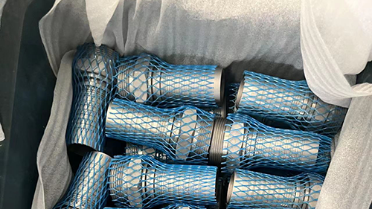
Welding plays an indispensable role in the manufacturing industry. Its diverse joint types and wide range of applications enable it to adapt to the ever-changing industrial needs. In modern manufacturing processes, welding technology not only improves production efficiency and the firmness of connections, but also promotes the progress of materials science and engineering technology. In the future, with the emergence of new materials and continuous innovation in welding technology, we can foresee that the welding industry will continue to develop and promote the manufacturing industry to a higher level of intelligence and automation.
